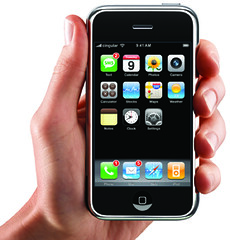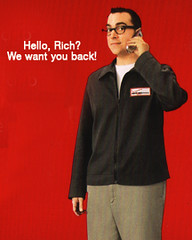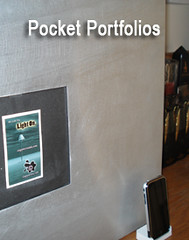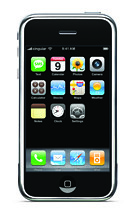
Some writers shy away from attorneys, but I never have. They almost always lend an interesting perspective on communication. Sure, there are a few who get carried away with calling themselves “wordsmiths,” but the one who left a comment on my last Apple vs. Cisco post is not one of them. If you missed it, Rick suggested the real question will be whether the term iPhone will be considered a trademark or generic term...
































